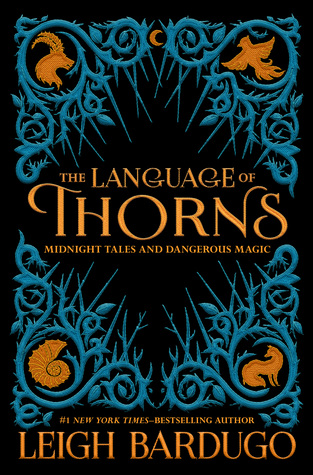
The Too-Clever Fox
Koja is the main character of this story and though he's ugly his name means handsome. He's a clever fox that is always escaping death. Koja uses his words to trick his predators and his words and wit become his symbol for hope. This brings a major theme into this short story. As long as the fox has a voice, he has hope.
The fox becomes friends with a bear, Ivan, after outsmarting him to keep his life. But, his friend is lost when a dangerous hunter comes to the woods. Koja becomes focused on stopping this hunter and he dedicates his mind to doing so. To achieve this, the fox doesn't let fear cloud his logic and he notices that the hunter's sister, Sofiya, may be the key to learning more about the hunter. As Koja studies Sofiya, he observes that she seems sad and unhappy to be the bearer of the trophies her brother kills, in the form of a coat made of animal hides. Koja approaches Sofiya and slowly becomes her ally against her brother.
She tells the fox of a charm her brother always wears and they devise a plan to steal it. Yet, when she is successful, Koja learns that he has been tricked by a pretty face and a pair of sad eyes. Before he dies, Koja uses his voice to cry out, calling his friend the nightingale to come. She blinds Sofiya and saves Koja, ending the reign of the true hunter and freeing Sofiya's brother from her malevolence.
As a reader, when Sofiya's trap is revealed, there's a sense of betrayal and a tone of deceit. Just as Koja had, readers trust Sofiya because of the very characteristics that tricked the too-clever fox. This echoes a theme from the first story in the book, that beauty can be deceptive and we can't rely on how we see people when it comes to trusting them. However, it also demonstrates how people, or animals, come together when there is a greater threat to their way of life. The prey and predators of the forest all became prey at the hands of the Huntress. This shifted the laws of the forest and put all of the animals on the same side, knowing that they had to face this threat together. Finally, this story also shows that the lowest member of society can be brave and helpful in times of trouble. Just as the unloved child saves the town in "Ayama and the Thorn Wood", Koja saves the forest even though he was born a runt. By demonstrating these themes in this specific way, they become powerful tools that save those who use them and Bardugo uses these themes to share larger moral messages that translate to contemporary society.
Next Story: The Witch of Duva



No comments:
Post a Comment